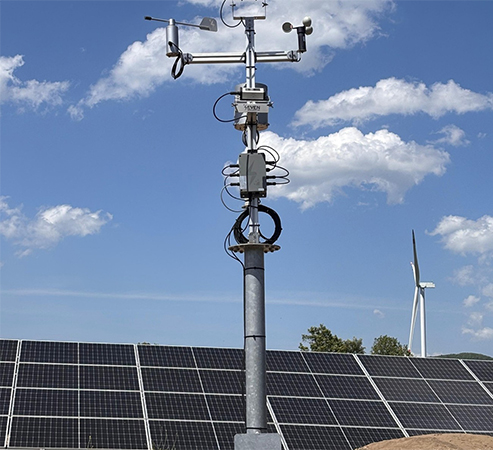In solar PV plants, environmental awareness is not just helpful, it is essential. SEVEN Wind Sensors are built to deliver accurate, real-time data on wind speed and direction, helping operators make informed decisions, protect infrastructure, and optimize system performance.
What Are Wind Sensors?
Wind Sensors (also known as anemometers) are meteorological devices designed to measure wind speed and wind direction. In photovoltaic systems, this data is critical for:
- Triggering safety protocols during strong winds.
- Monitoring conditions that affect panel stability.
- Feeding into SCADA and remote management systems, especially for tracker systems.
SEVEN Wind Sensors offer industrial-grade durability, high accuracy, and full compatibility with modern PV monitoring setups.
Why Wind Monitoring Is Essential for PV Plant Performance and Safety
According to IEC 61724-1:2021, wind speed is not used not only for estimating module temperatures but also play an important role in supporting warranty claims for wind-related damage. Additionally, measurements may be required at other locations to compare with historical or contemporary meteorological data. In certain cases, monitoring of wind gusts, typically up to 3 seconds in duration, is necessary to assess structural resilience against design thresholds. To capture these events, the monitoring system must have a sampling period of 5 seconds or less and must log both average and maximum wind values.
SEVEN Wind Sensor Models
SEVEN offers Wind Sensors in analog, digital, and raw signal options:
- Analog Models: Deliver 4–20 mA, ideal for legacy data systems.

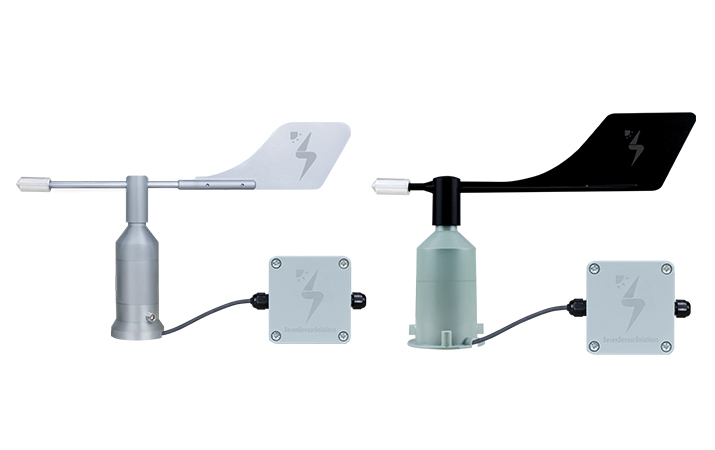
- Digital Models (Modbus/RS485): Provide robust, long-range signal transmission; perfect for remote or large-scale solar fields.

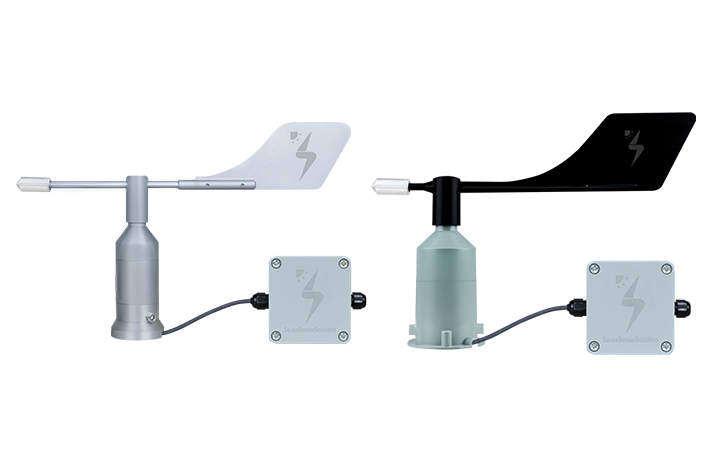
- Raw signal: Include pulse output for wind speed and Hall effect (0–3.3 V) output for wind direction.
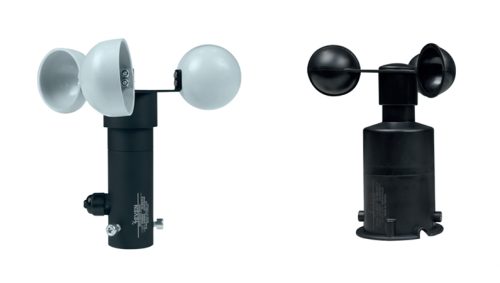
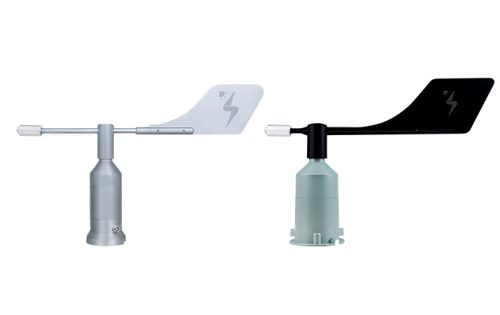
Typical measurement ranges:
- Wind Speed: SEVEN offers a measurement range of 0.9–60 m/s for its pulse and Modbus Models while it offers a measurement range of 0.9–50 m/s for its analog models.
- Wind Direction: 0–360°
- Accuracy: ±0.5 m/s below 5 m/s; ±10% of the reading above 5 m/s for Wind Speed Sensors, and ±1° for Wind Direction Sensors.
How Do SEVEN Wind Sensors Work?
1. Mounting: Installed on towers or poles at standard reference height, clear of wind obstructions.
2. Continuous Measurement: Sensors record real-time wind speed and direction.
3. Data Transmission: Signals are sent via cable or RS485 interface to your monitoring system.
4. Monitoring Display: Values are visualized on SCADA platforms or in plant control dashboards.
5. Alarm/Automation Integration: Wind thresholds can trigger alerts or automatic safety responses.
Why Choose SEVEN Wind Sensors?
Here are key reasons to choose SEVEN Wind Sensors for your application:
- High Accuracy: Designed for precision even in harsh, windy conditions.
- Weatherproof Construction: Built with rugged materials to withstand deserts, coastal zones, and remote sites, with a standard IP class of IP54 with an available option of IP66.
- Flexible Integration: Compatible with inverters, dataloggers, SCADA systems, and most industrial protocols.
- Low Maintenance: Sealed housing and no exposed moving parts reduce wear and servicing.
- Factory-Calibrated: Each sensor is calibrated and tested before delivery.
Common Applications
SEVEN Wind Sensors are widely used in:
- Utility-scale PV plants
- Hybrid solar-wind plants
- Remote environmental monitoring stations
- Agricultural PV installations with climate control needs
Tips for Best Results
In order to get the accurate results, you need to follow some tips while using Wind Sensors;
- Strategic Positioning: Install where wind is free from obstructions or turbulence.
- Routine Maintenance: Inspect connections and verify calibration periodically.
- Data Validation: Compare sensor output with local weather data for benchmarking.
- SCADA Synchronization: Enable automatic alerts for strong wind events.
- Secure Mounting: Ensure rigid installation to prevent vibration interference.
SEVEN Wind Sensor: The Ideal Choice for your Application
SEVEN Wind Sensors are a critical component in ensuring solar plant safety and efficiency. Their precise measurements, rugged design, and flexible communication make them a smart addition to any solar monitoring system.
Looking to improve wind monitoring at your site?
Contact SEVEN for sensor recommendations, installation support, and SCADA integration assistance.
